Can sports enrich your art? These creatives say 'yes'
Does surfing or netball enrich your creativity? Can spinning on a pole, scoring goals or skiing down mountains improve your work? We speak to five creatives from various disciplines to reveal the benefits of sport and its impact on our creative careers.
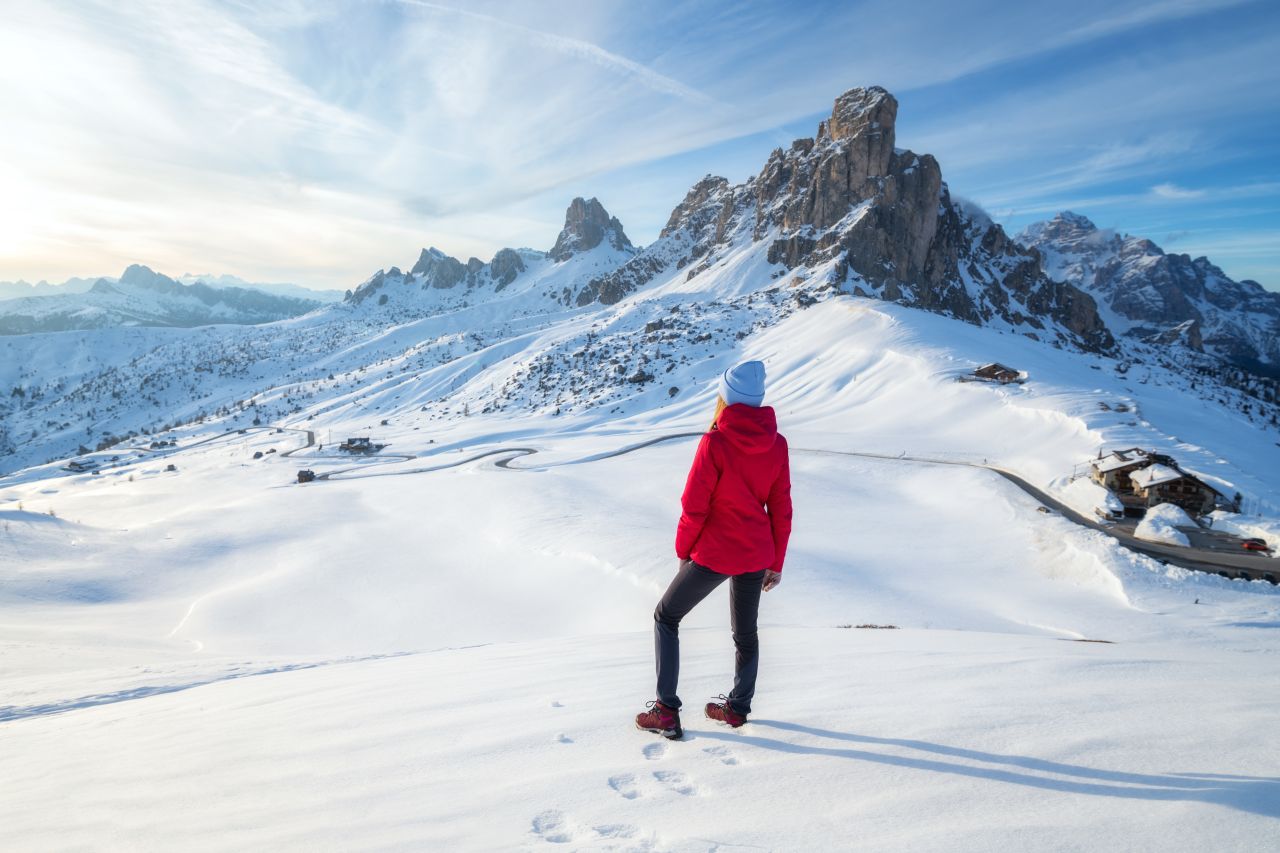
Image licensed via Adobe Stock
When it comes to the creative industries, success depends on so much more than a talent for pictures and words. The best creatives are well-rounded – their artistic vision is tempered with leadership skills, ambition, a collaborative spirit, and a natural ability to tune into their body, world, and people – all qualities that creativity shares with good sportsmanship.
For many creatives, sport offers a valuable outlet that doesn't just help them unwind, stay fit or get a thrill but also deeply informs their creativity. Creative Boom invited five creatives to share how sports has enriched their creative lives. Here's what they had to say.
Elliott Chaffer rides creative waves
Elliott Chaffer, executive creative director at New York-based studio Trollbäck+Company, was raised on water sports. He told Creative Boom: "My father was one of the first people in the UK to teach water skiing, and even taught Nico from American rock band Velvet Underground how to water ski in Ibiza. From him, I learnt how to surf at a young age."
Surfing unlocked something for Chaffer that helped him connect creatively to his body and environment. He shared: "I played many team sports when I was young, but quickly realised I much prefer the freedom and self-expression experienced by travelling sideways fast and challenging myself against laws of gravity on water. I've never looked back. Looking at the terrain and unruly waters with an open mind is a philosophy and a way of life."
Chaffer mused: "The flow state you get into when riding at speed drives my creative energy and fluid thought process when generating ideas, directing, editing, and even pitching."
It's not just flow that draws a connecting line between surfing and creative work. Both these elements of Chaffers' life require bravery, too. "To duck dive huge hurricane waves, you must overcome fears and treat them with respect, but not let them control you. In work, fear is an interconnected house of cards and the number one killer of all creativity," Chaffer told Creative Boom.
Surfing also helps him see the bigger picture in his creative life: "Nature humbles you in the best way. To do these sports, you have to have a reverence for the environment and respect for how we must behave in it. So too, in the creative workplace. You must have respect for others, and we must all be good stewards to keep a sustainable and lovely work environment."
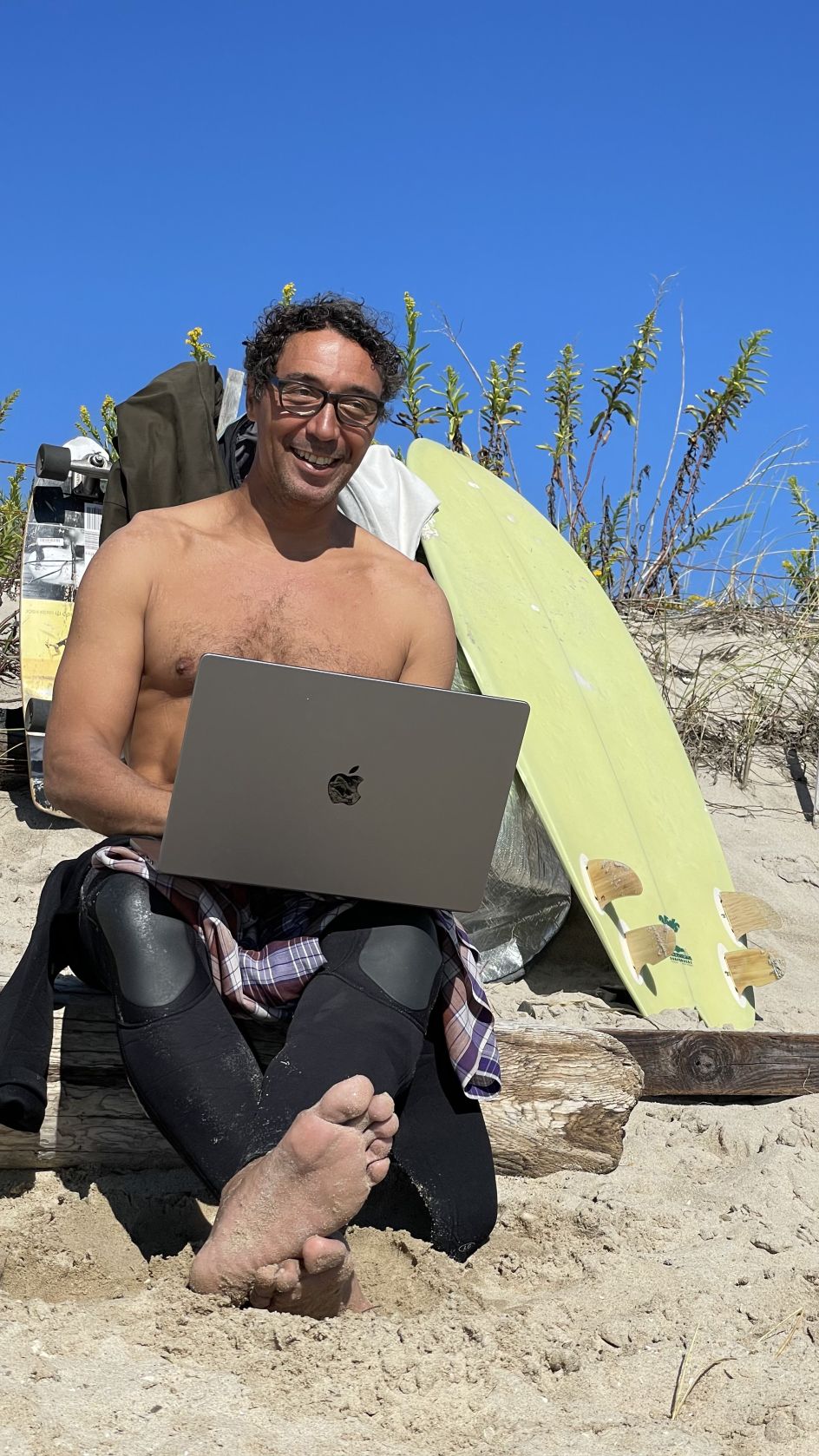
Credit: Elliott Chaffer
Ellie Bissett dives in to switch off
Ellie Bissett, an account director at London-based agency ShopTalk/DEPT®, has always used sport to complement her creative career. "Sports to me are like an escape and a chance to clear your head," Bissett told Creative Boom.
She particularly enjoys team sports and swimming "as there is no technology and no distractions."
Swimming has long been a part of Bissetts's life. "My first job when I was 14 was as a swimming teacher," she told Creative Boom. The experience back then taught her a lot about working with others. "I was instructing kids as young as three and talking to lots of parents – you need a certain level of authority and confidence for that. The most important lessons I learned were communication skills and confidence, both crucial in my role now." Bissett still swims, often heading to the pool in the mornings before work. "I find it really sets me up for a good day – you always work better, find inspiration easier, and collaborate better when you have a clear head, having taken the time during the morning or evening to really switch off," she said.
More recently, Bissett has taken up netball, playing twice a week with friends. She says it's been a game-changer for her. She told Creative Boom: "I hadn't played competitive or team sports in so long, so three years ago, my friends and I started a netball team. We weren't made to sit at a computer screen for eight hours a day, so getting out and doing something with high energy levels is so important to refresh your creative brain."
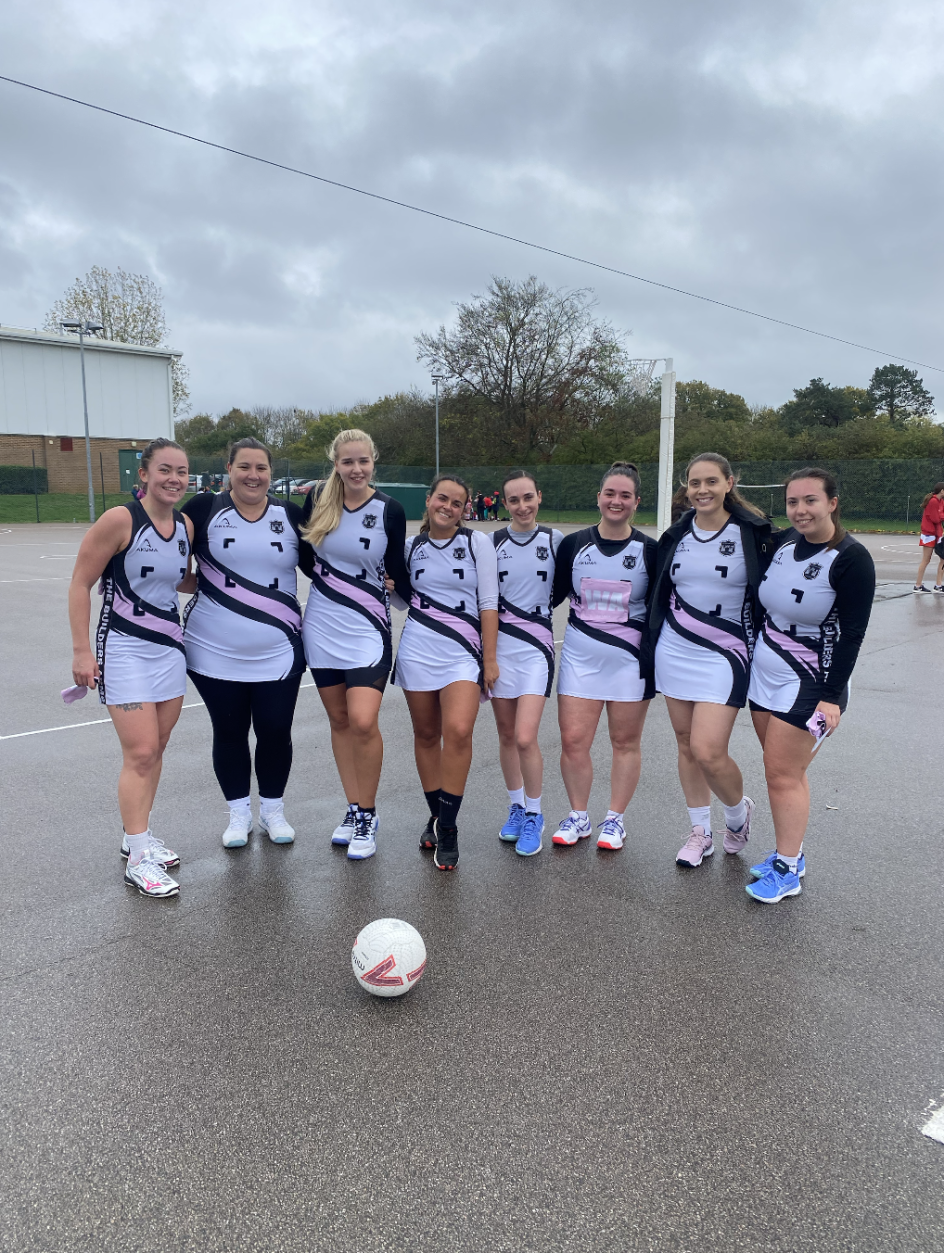
Credit: Ellie Bissett
Jim Hare makes daring, creative leaps
"I started parkour four years ago when I was searching for a new fitness activity to get hooked on without having to succumb to the gym," Jim Hare, digital creative director at the global brand creative agency Bulletproof, told Creative Boom. "I like using both sides of my brain, and the sport really lends itself to that. It's a very non-dogmatic sport where taking your own path is encouraged – you need the technical aspects, of course, but creativity lets you stand out and makes the experience incredibly fun. As a digital creative director, I do the same. I combine the physical with the digital, colliding playfulness with tech innovation."
Hare also reflected on how the sport has helped him get comfortable with flexibility – not just when making leaps in a parkour course but in a work environment, too. He said, "Mapping out your route is fundamental to parkour, but things can change mid-air even with a thorough plan. Where there once was a railing, there might not be one anymore, and suddenly you need to find a new way of getting yourself up to that roof – all while making it look smooth and effortless. This closely reflects what it's like being a creative professional in the digital space – parameters constantly shift, technology changes overnight, and old platforms become outdated. A new one jumps into the fore. It has helped train my mental agility, making me much more comfortable with flexibility. I don't freak out when things don't go to plan."
Hare told Creative Boom that he's convinced parkour makes him more creative. "It forces you to look at any environment differently – your way – that goes outside the norm," he said. "Every run becomes an opportunity to experiment. That's something that I bring into my design practice. Just because something's always been done a certain way doesn't mean it always has to. A shifting landscape will break a rigid approach. Sometimes this will result in a faceplant, but that shouldn't stop you from doing it anyway. It's important to make your mark."
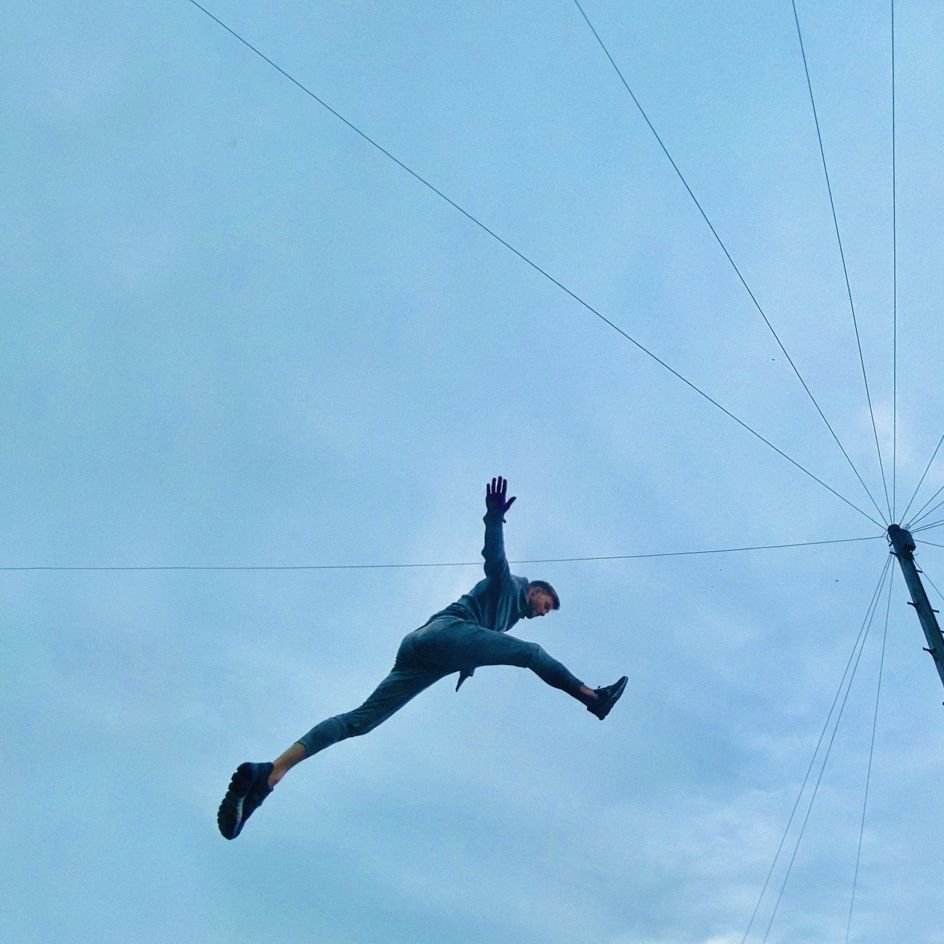
Credit: Jim Hare
Roberta Graham finds presence on the pole
"There is something about the combination of the extreme physical challenge of the pole and the space for personal expression which really draws people in and leaves space for endless progression, so it is as much a creative process as it is a sport," Roberta Graham, Associate Director at Brighton-based cultural consultancy Space Doctors told Creative Boom.
For Graham, it's become essential to have an outlet that connects her to her body. She shared: "In my work as an analyst and creative strategist, I spend a lot of time in my thoughts and, as life generally can be so centred around screens, it can be easy to disassociate from the physical. Pole and flexibility training is an important way for me to get into my body, observe what is going on, and be in the present. It's almost impossible to think about other things when you are hanging upside down by one leg, 6 feet in the air and spinning at what feels like 90 miles an hour, trust me!"
Even as Graham uses pole fitness to empty her mind, her professional expertise in gathering cultural insights and applying them to creative problem-solving still ticks in the background. She told Creative Boom: "My involvement in pole also continues to influence my thinking on gender, representation and inclusivity, which is helpful in my work across multiple categories but particularly sexual well-being and personal care."
Graham explained that she's fascinated by pole as a discipline "within the context of cultural representations and expressions of womanhood and femininity concerning strength and sensuality." She went on: "The combination of extreme strength and feminine sexuality within pole makes it unique compared to other sports (even within much of the dance world). The fact that it owes its roots almost entirely to strip clubs and sex workers, and the sport is still widely discredited or sanitised because of that, makes its growth in popularity incredibly interesting and exciting – practised not just as a hobby but as a tool for personal and collective empowerment, through collapsing the culturally entrenched binary between strength and feminine sexuality."
Pole's impact on Graham's creativity has another, perhaps more broadly applicable effect: it's taught her to fail. She told Creative Boom: "Learning to pole dance, to begin with, is essentially controlled falling, in a room full of people, in your underwear – it's really hard, and it's scary, and you will fail a lot. But mistakes and failure are such an important part of any creative process! Having a sport which brings you joy and teaches you how to fail successfully will make you braver and better creatively, too."
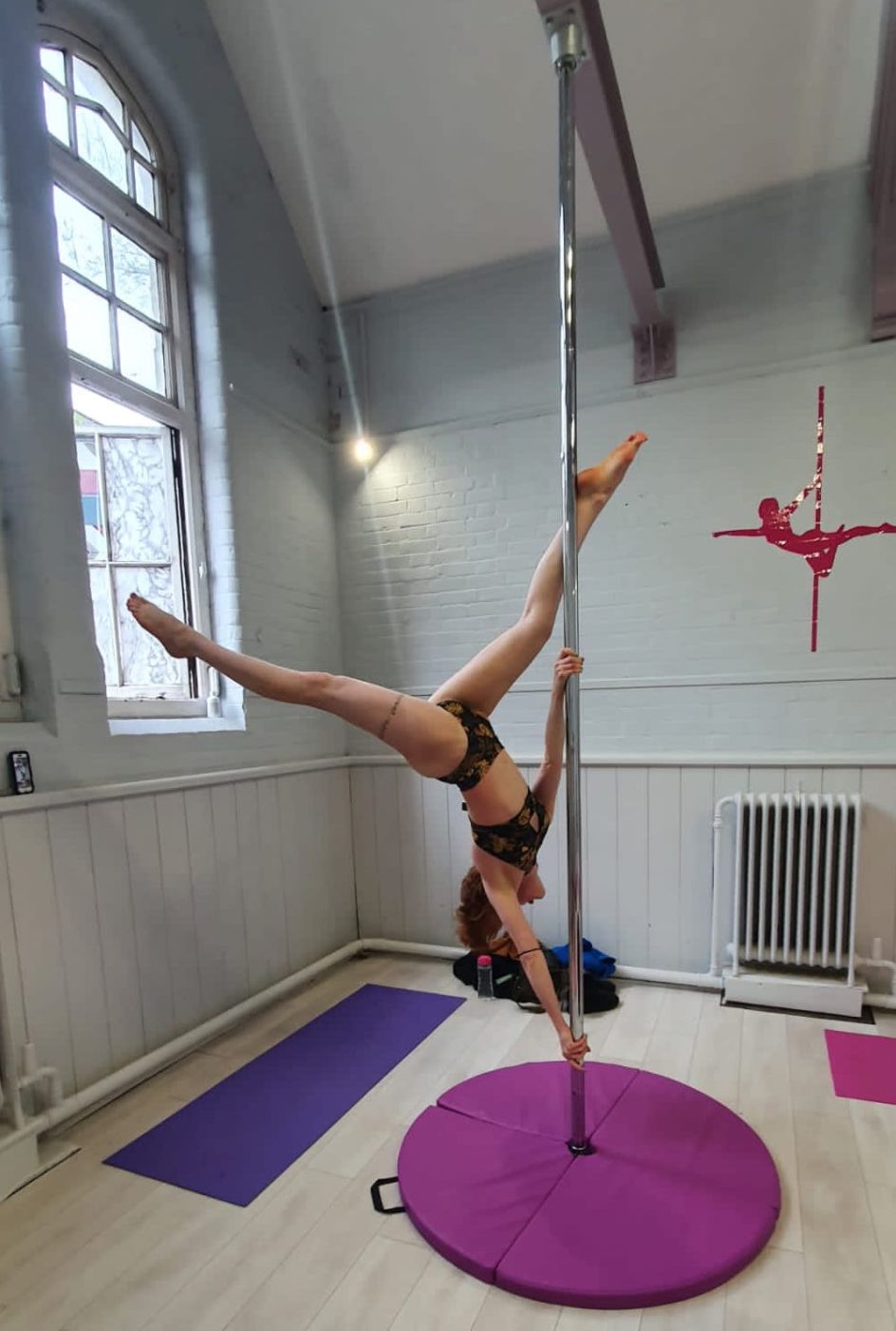
Credit: Roberta Graham
Kelsey Carter plays fair on the court and off
As Chief Operating Officer for the San Diego-based creative agency Grizzly, Kelsey Carter is a natural-born leader and lifelong soccer fan. As a teen, she took up refereeing, and the experience as a young ref still informs her approach to creative leadership today.
Carter told Creative Boom: "Good refereeing, just like good design, requires a deep appreciation of the craft, the dedication to excel, and the ability to work under pressure."
Carter says that starting reffing at such a young age mandated that she "find an inner confidence that external circumstances couldn't shake." At an early age, she learned to have tough conversations respectfully. She shared: "Parents are overly invested in their children's games and often scream and yell the loudest. I had to manage their outbursts more than I did the players." In hindsight, Carter says she's grateful to those soccer moms and dads: "They taught me that conflict is healthy and often necessary to unleash our greatest creative potential."
The attitude she cultivated toward conflict as a teen ref has been foundational to her approach to creative leadership. "Eventually, I fell into this industry where, inevitably, agencies and clients run into disagreements about which way design projects are heading," she told Creative Boom. The number one priority in my role is to bring us back to our shared goal and pave a path forward with that in mind. When disagreements break out, we need to work harder to see the larger picture, to keep in mind the impact and value of our collaboration without getting lost in the details."
"The challenge, whether on the pitch or in creative terms," Carter told Creative Boom, "is to ensure minor conflicts don't derail the game or the partnership."
Carter says there's a reason why soccer is called "the beautiful game": "It's a sport that values companionship, collective effort, and fair play (though I won't lie, winning still matters!). Good refereeing calls for a deep understanding of the nuances of soccer, with one eye simultaneously on the rulebook and the stop clock. You must appreciate the skill it takes to be a good player while keeping a clear head for logic. Likewise, when working creatively, we must balance the craft against the strategic and efficiency demands of our clients' (and our own) businesses."
Carter mused: "As COO at a design agency, part of my job is to empower and build confidence in a team where creativity comes from all of us, not just the CDs. The core values of refereeing – fairness and deep respect for your team who push you to be better – are values I stand firmly by when it comes to finding creative outcomes."

 for Creative Boom](https://www.creativeboom.com/upload/articles/06/063686a9a3b095b9b1f0e95df917ed4bd342be1b_732.jpg)





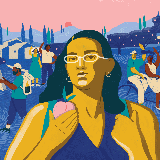
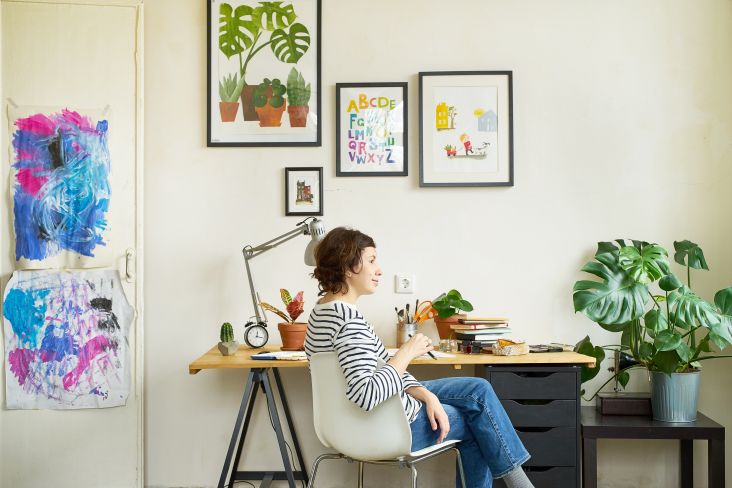
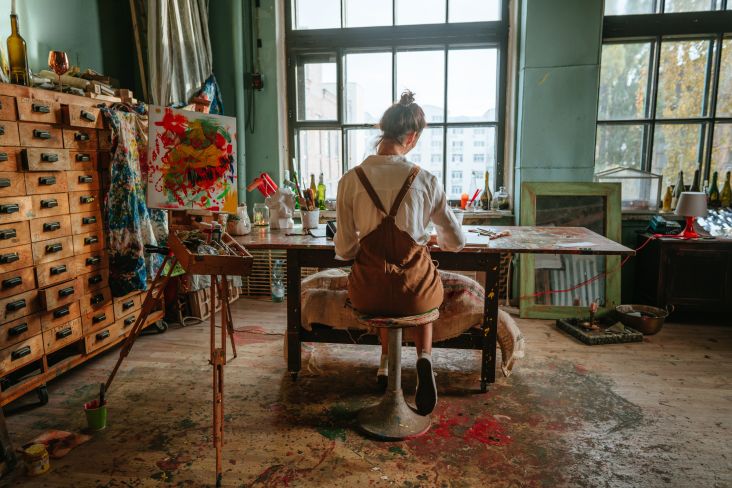





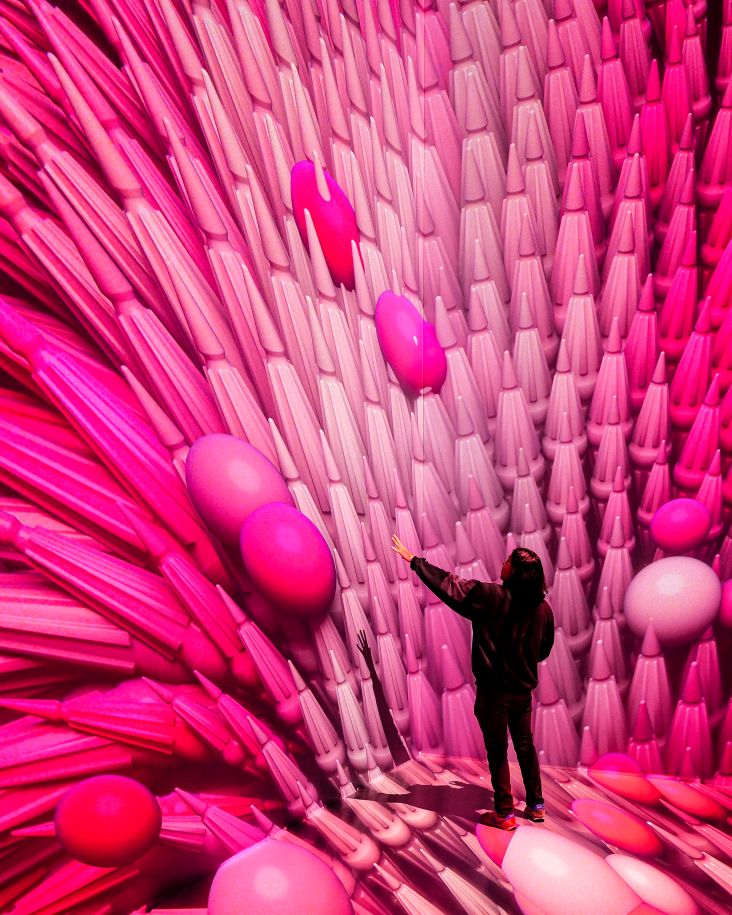

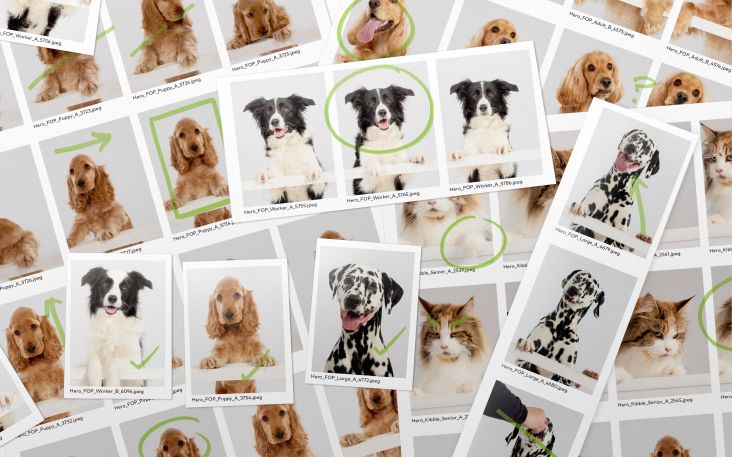
](https://www.creativeboom.com/upload/articles/ed/ed4263f55295ebc3974424ae8fc5701923c3956b_732.jpg)
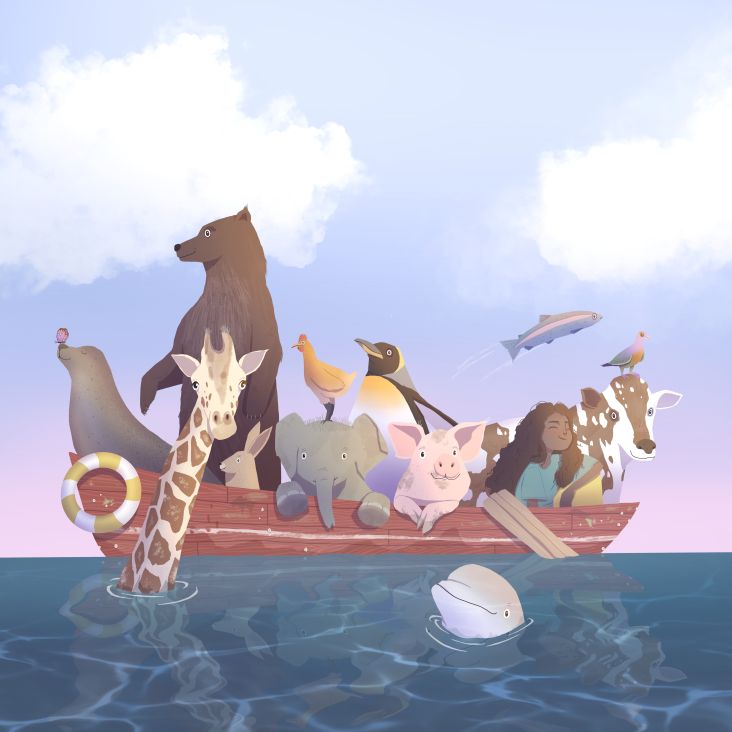
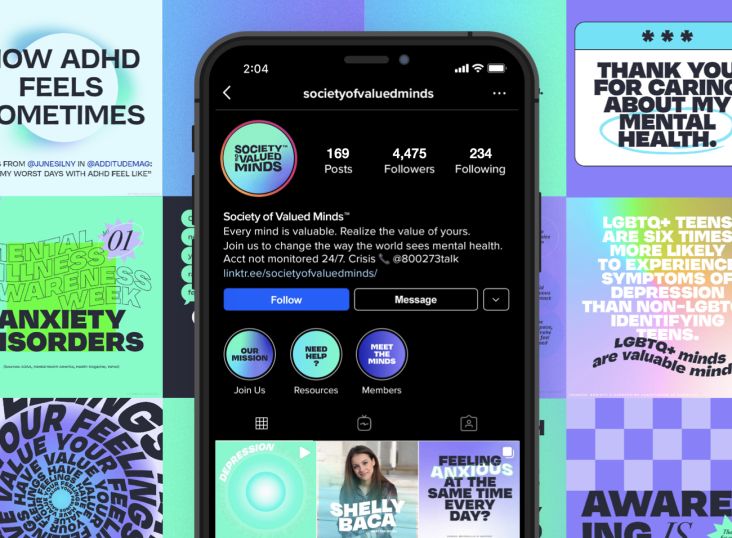
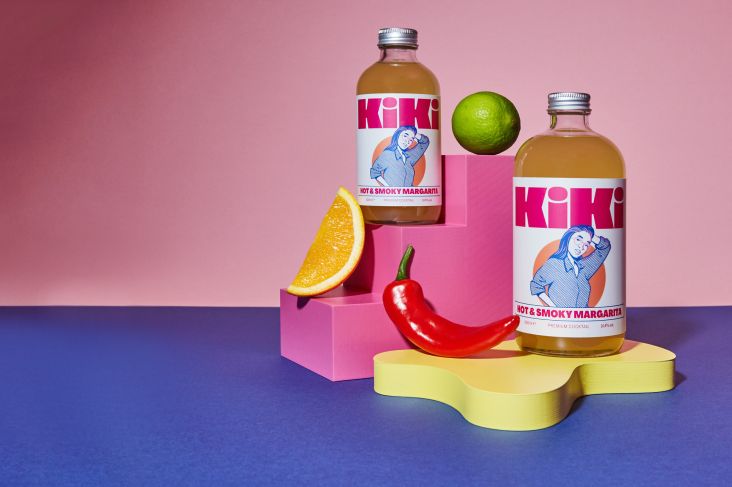
's ad for the Super Bowl 2023](https://www.creativeboom.com/upload/articles/ab/ab29e3ffef115ddd4d5c6d0d4e59c3e9deb2c5f9_732.jpg)
